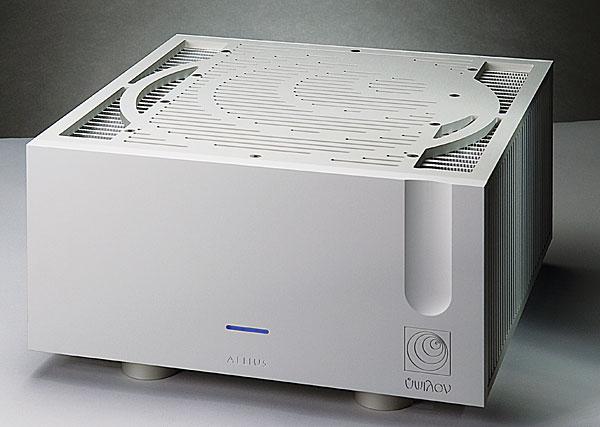| Columns Retired Columns & Blogs |
"... as I know the Wilson Alexandria XLFs are capable of producing." We know too.
"Driving the very sensitive XLFs..."... 93.5dB/w/m hardly.
"Unprecedented! What kept them sitting? The speakers, of course..." The reviewed amp manufacturer will appreciate...
"Still, to my more experienced and critical ear the sound was overripe..." Modestly.
"It took me decades to acquire a system capable of cleanly and accurately delineating the honky-tonk piano of Nicky Hopkins..." No kidding and half million bucks later (our price)!
"... at least in my system—not only the Aelius's transient softness, but a dab of Vaseline on its sonic lens." Especially in the last tango...
Who needs sound when one can read such literature? ![]()









































